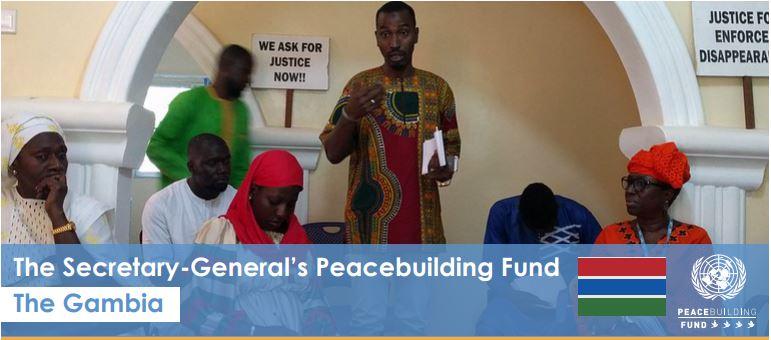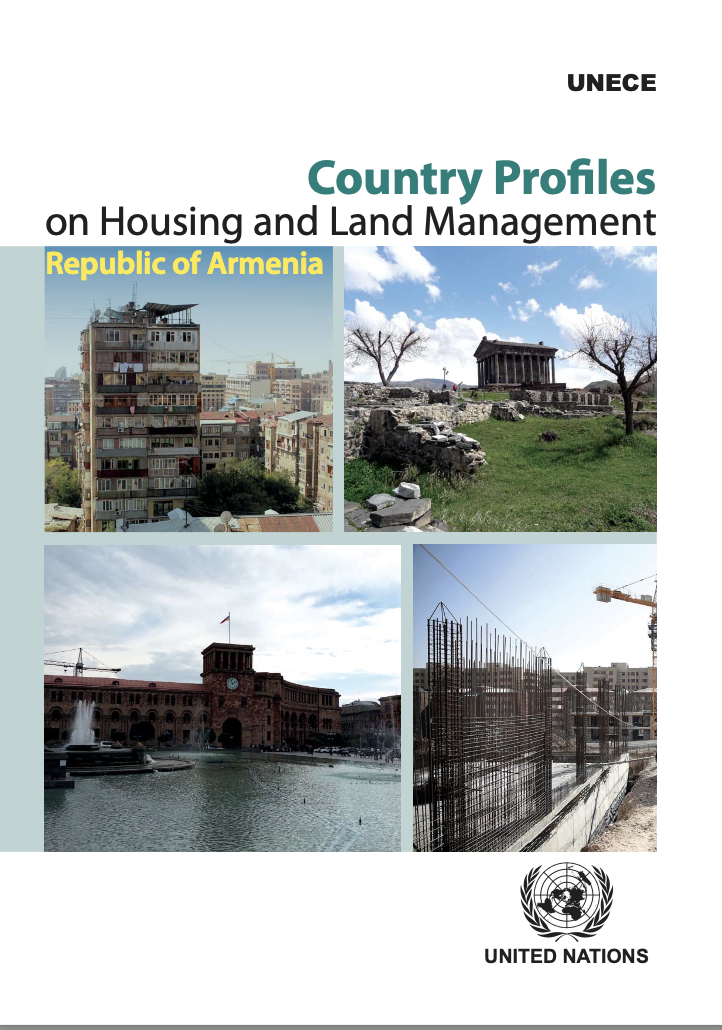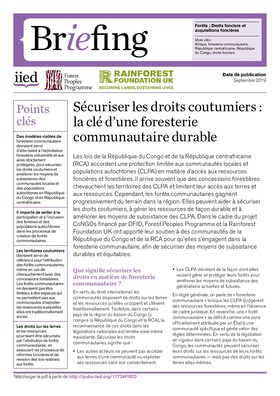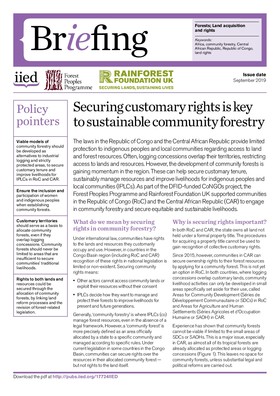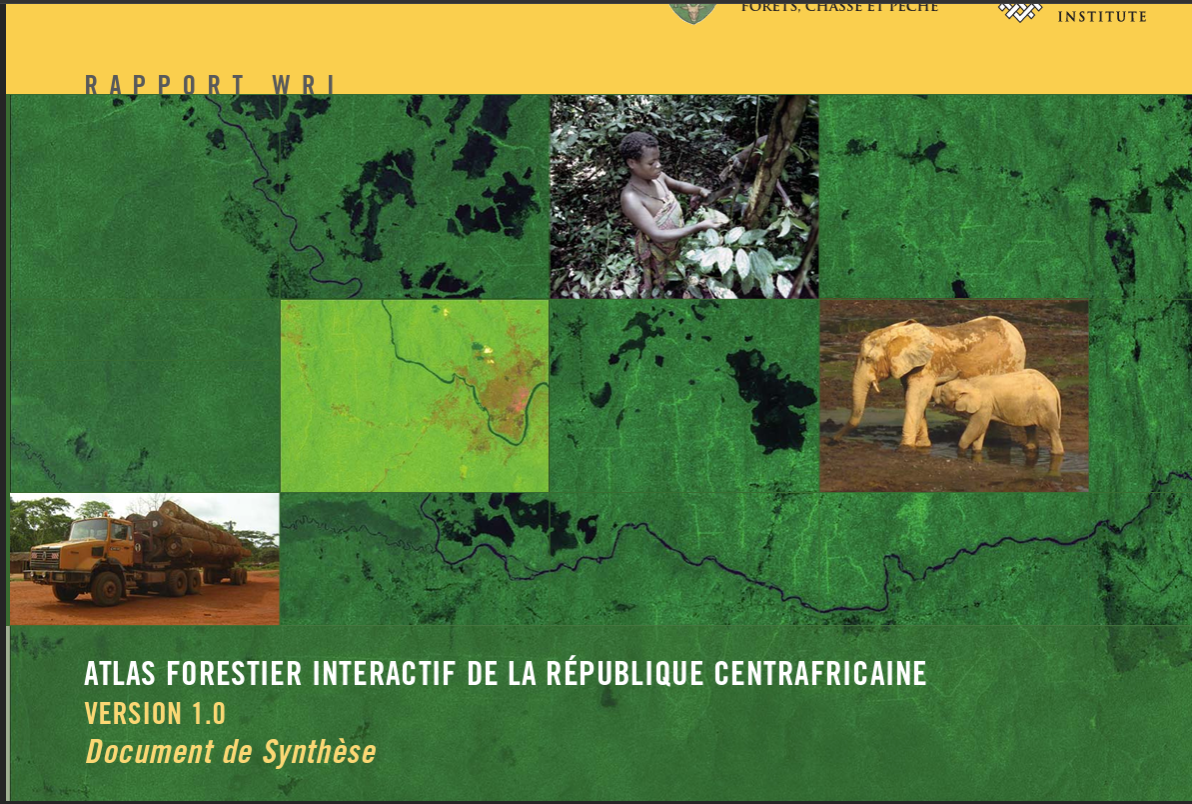Peacebuilding -The Gambia
In 2021, the Truth, Reconciliation and Reparations Commission in the Gambia, which enjoys a 90 per cent public approval rating, according to a 2021 survey, completed its three-year mandate. It submitted a 17-volume final report to the President in November 2021, which was made public on 24 December. During its tenure, the Commission held 23 public hearings and received more than 2,500 statements with support from a $4.7 million project implemented by UNDP and OHCHR.

